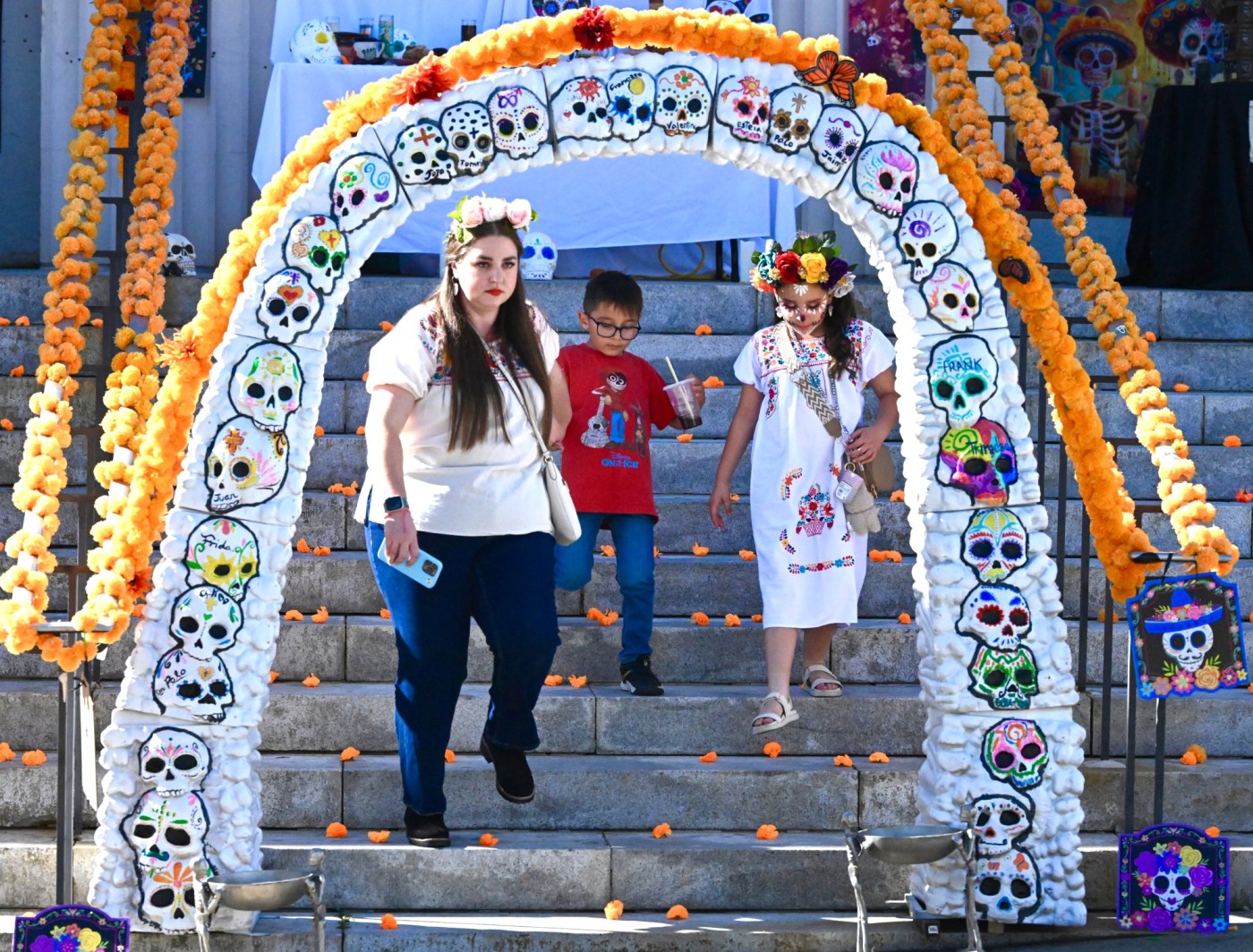Halloween has evolved from a childhood fantasy into a multifaceted celebration that resonates differently with adults. For many, particularly those who grew up in vibrant urban settings like New York City, the holiday was once a magical realm filled with the thrill of costumes, candy, and community interaction. However, as the years pass, the essence of Halloween transforms, reflecting the shifts in individual perspectives and societal norms.
As a child, the arrival of Halloween marked a significant seasonal change. Each October, the air turned crisp and invigorating, and the days shortened into fleeting moments of sunlight. Streets that were typically bustling with activity shifted in atmosphere, as children donned costumes and traversed neighborhoods in search of treats. Stores like CVS overflowed with decorations, from plastic skeletons to rubber spiders, creating a visual spectacle that ignited the imagination. Apartment lobbies opened their doors, and local bodega owners handed out candy, fostering a sense of unity among strangers.
The magic of Halloween was palpable. Children believed in the possibilities that the night held, imagining that behind every mask, something extraordinary might lurk. This shared experience transformed the darkness into a playground rather than a source of fear.
Yet, as adulthood approaches, the nature of Halloween shifts. The excitement of trick-or-treating gives way to campus events and crowded parties. Costumes become less about creativity and more about irony, often crafted in group chats for social media rather than individual expression. Despite this, the nostalgic pull of Halloween remains strong. Each year, as temperatures drop, a flicker of that childhood enchantment re-emerges. A glowing pumpkin or a dog in a costume can instantly rekindle that familiar electricity.
Rediscovering the Spirit of Halloween
Today, Halloween continues to provide opportunities for self-expression and communal joy, albeit in different forms. The holiday offers a chance to step outside one’s everyday persona, allowing individuals to embrace different identities, even if temporarily. The lightness that comes with Halloween provides a welcome distraction from the rigors of academic life, turning an otherwise heavy semester into something more playful.
Halloween does not disappear as one matures; rather, it takes on new dimensions. The spirit of the holiday remains alive in simple rituals—candlelight gatherings, laughter among friends, and the warm glow of decorations lighting up the campus during the cool autumn evenings.
In this way, Halloween invites a more nuanced belief system that is not blind or childish but rather a conscious choice to engage with joy and creativity. It reminds us that the magic of the night can still inspire wonder, even in adulthood.
Ultimately, the essence of Halloween encompasses a deeper understanding of community and tradition. It encourages individuals to engage with their inner child while navigating the complexities of adult life. This duality is perhaps the most profound aspect of Halloween, making it a cherished occasion that continues to resonate across generations.
The transformation of Halloween from a child’s dreamscape to a more reflective celebration illustrates the power of belief, imagination, and connection, underscoring the holiday’s lasting impact on those who embrace it.







